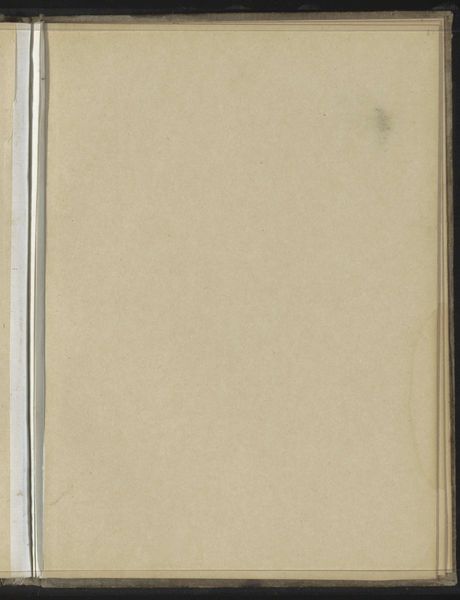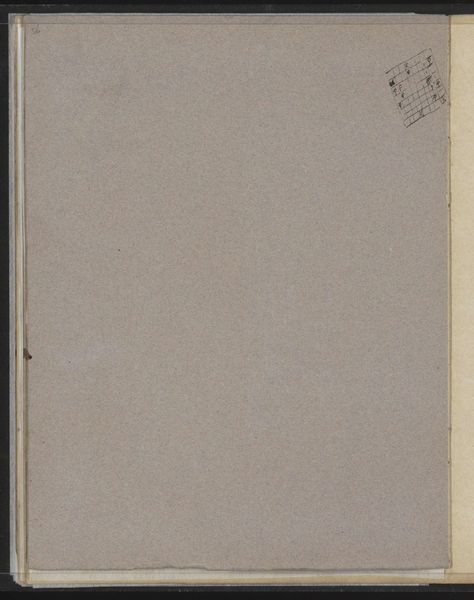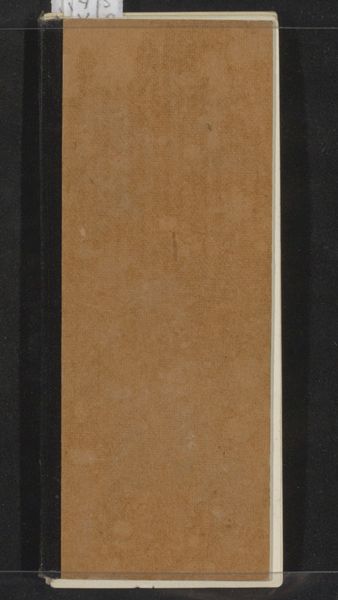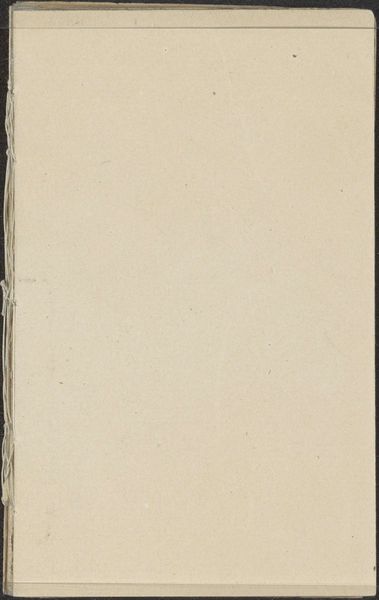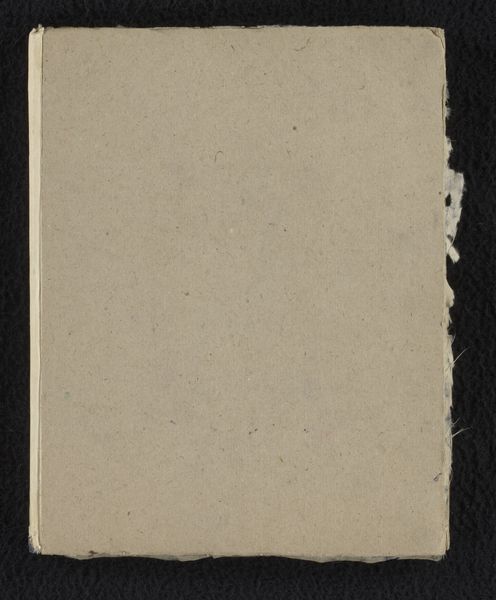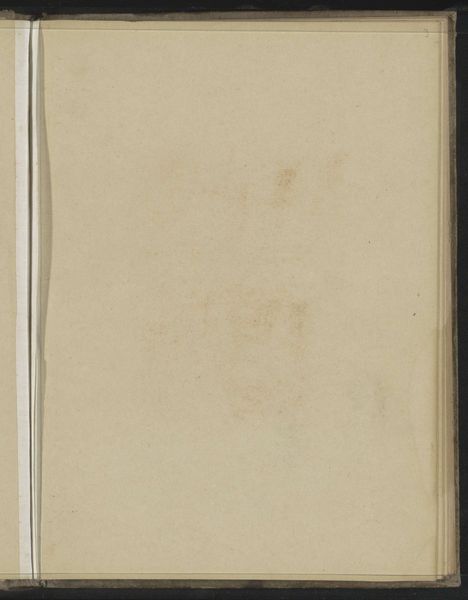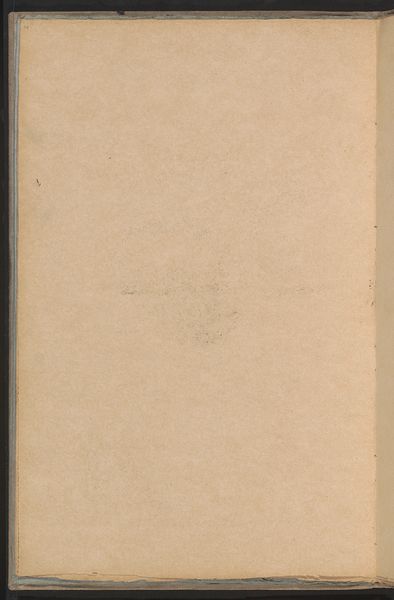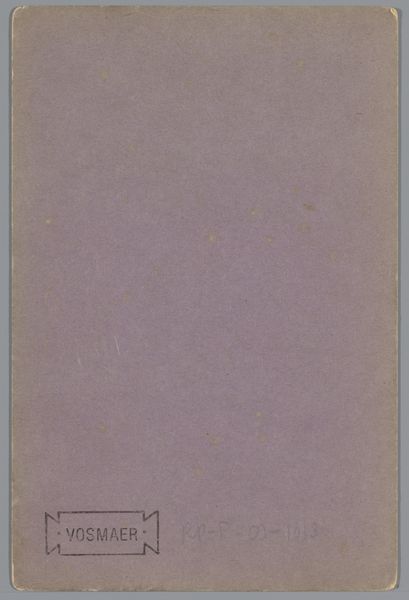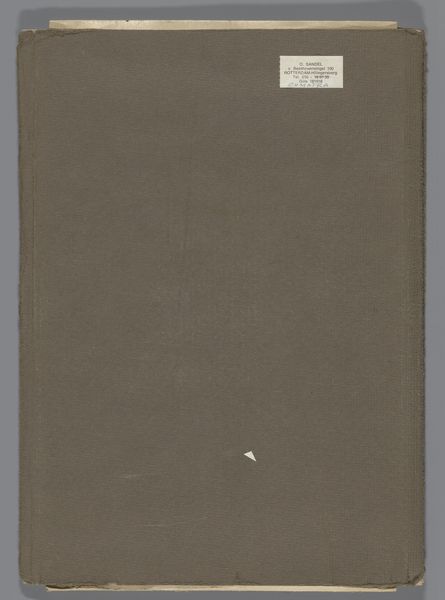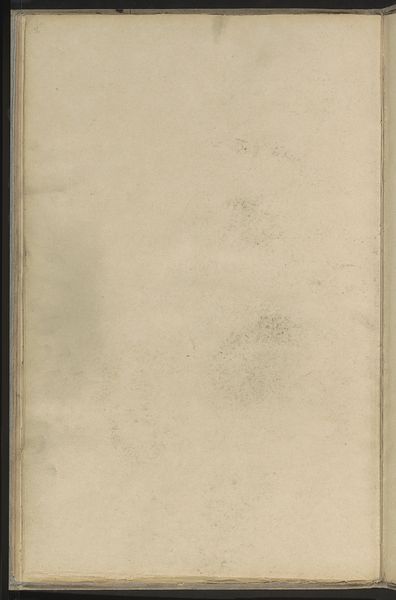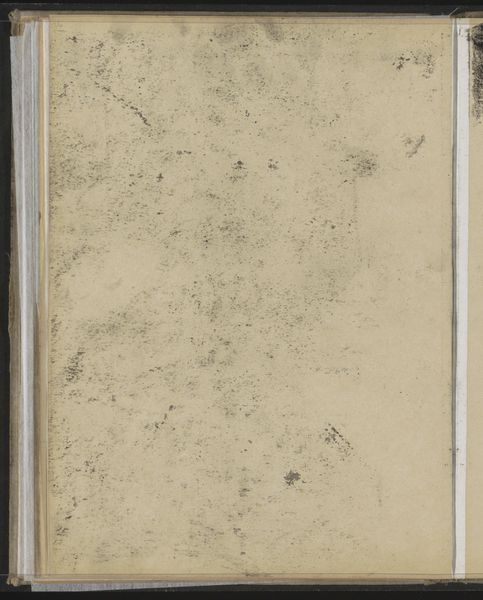
drawing, coloured-pencil, paper
#
drawing
#
coloured-pencil
#
paper
#
coloured pencil
Copyright: Rijks Museum: Open Domain
Editor: This is "Abklatsch van de krijttekening op pagina 35" which translates to something like "rubbing of the chalk drawing on page 35", a coloured pencil and paper piece by Willem Witsen, dating back to around 1892-1897. It is currently located in the Rijksmuseum. Honestly, at first glance, it looks like… an empty page. What am I missing? How do you interpret this work? Curator: Well, its very mundaneness might be precisely the point. Consider the institutional context: it’s in the Rijksmuseum, implicitly valued enough to be preserved. What does it mean for an "empty" page, a mere residue of another work, to be afforded such status? Editor: So, you're saying that its value comes from its connection to another artwork, from being a trace? Curator: Precisely. It highlights the behind-the-scenes labor that goes into artmaking – the sketches, the experiments, the rejects. Think about the politics of display: museums tend to prioritize finished, polished works. What’s being excluded when we only see the final product? Editor: That makes me think about how much we don’t know, as viewers. Like, what was the original drawing on page 35? Was Witsen happy with it? This… “rubbing” becomes evidence of a process that we aren’t normally privy to. It almost democratizes the art experience. Curator: Exactly. By presenting this ‘imperfection’, Witsen and now the Rijksmuseum, subverts expectations, potentially inviting a more critical and nuanced engagement with the artistic process and, by extension, the very act of valuation within the art world. How does it change our understanding of authorship when we look at the "leftovers" from another project? Editor: That's really interesting. It gives me a whole new appreciation for the…messiness, for lack of a better word, behind artistic creation. It is more than just chalk, pencil and paper now. Curator: Precisely, and it is these dialogues and the consideration of historical context that creates more impact for the artwork.
Comments
No comments
Be the first to comment and join the conversation on the ultimate creative platform.
